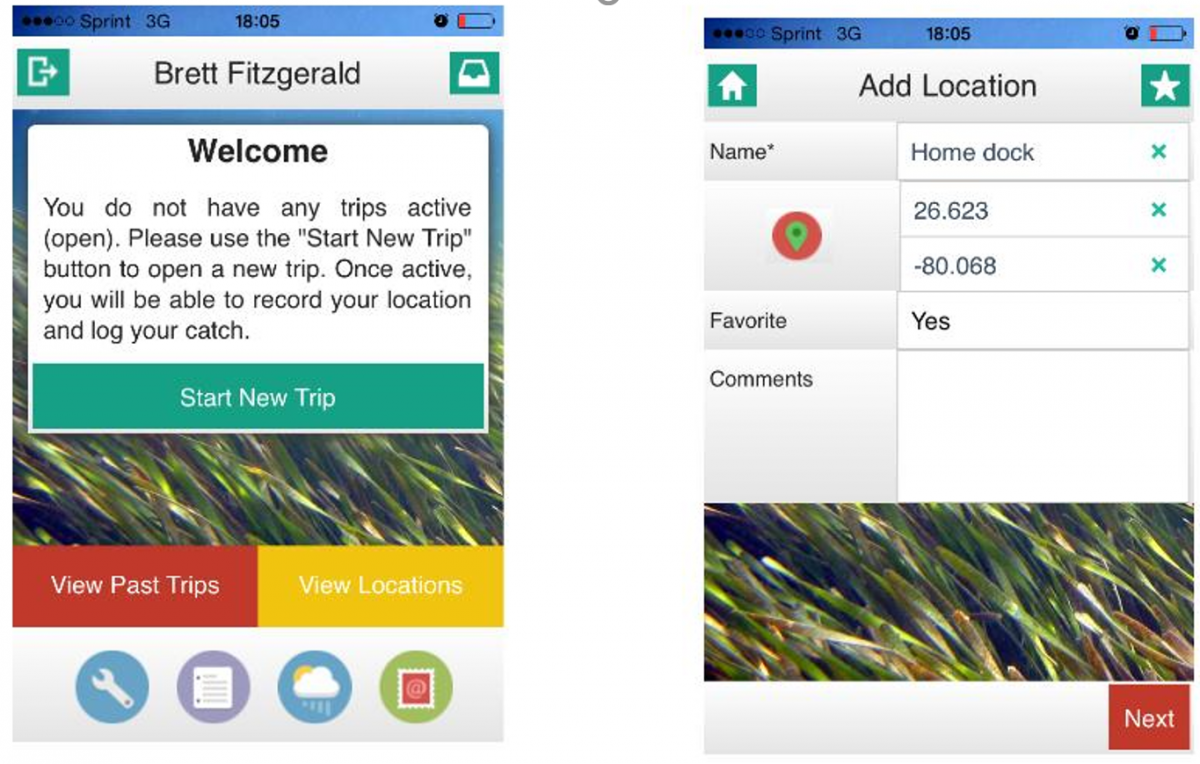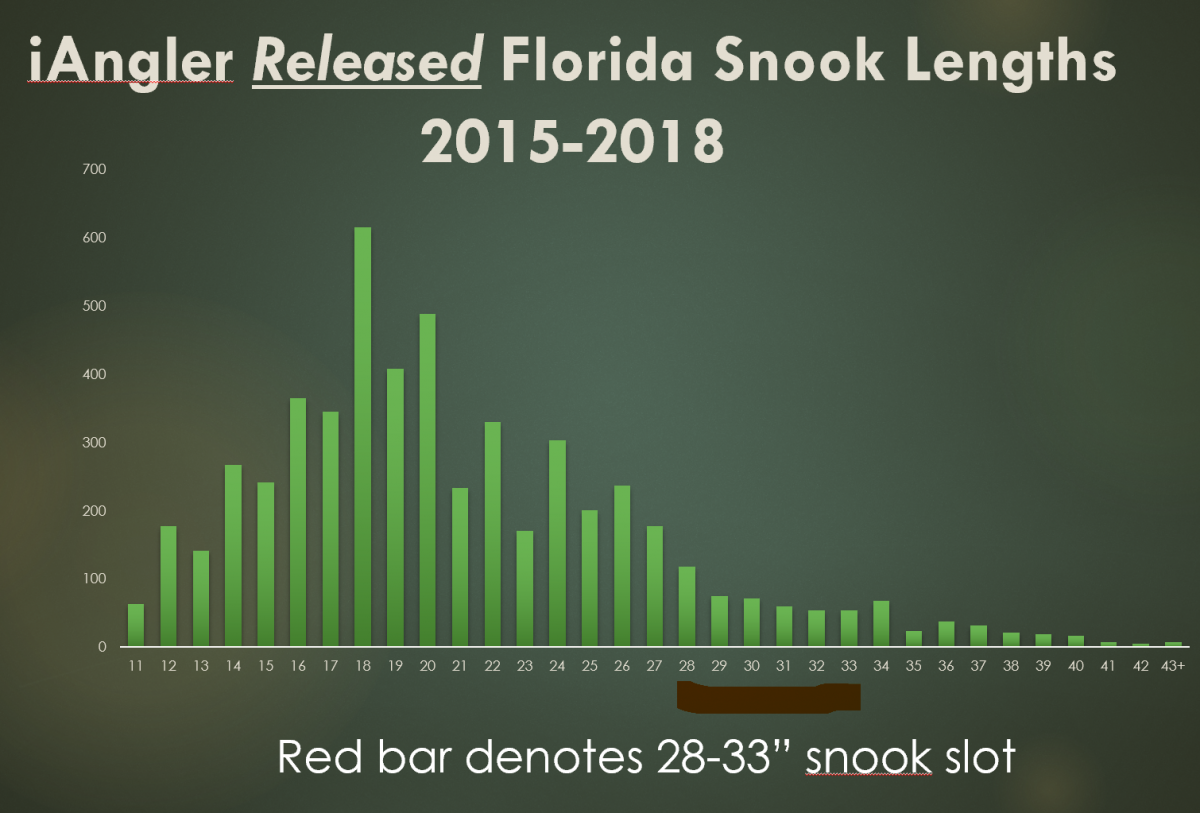Many fish are managed using a slot. Usually, we have a 'keeper' slot, which means we get to keep fish which are within a given slot. Snook (28-32" or 33", depending on the coast) and red drum (18-27") are examples in Florida. Some species allow for slot wiggle room - spotted seatrout in Florida allow for one keeper that is over the slot (of 15-20").
Some fish are managed in just the opposite way, meaning the slot is what is off limits - large mouth bass comes to mind. There are places where you can keep a few fish under or over a slot, but not in between.
Slot management is just one option that managers have to try to balance recreational angler harvest while allowing the species population to thrive.
Before managers can determine whether a slot is appropriate, and exactly where to set it, they need to know details such as the average size females and males begin to spawn, at what size they change sex (if applicable), what the maximum age/size might be, and so on. The good news is, most of these details are constant over time within a species, and the info is mostly known, especially for the most popular fish we target as recreational anglers.


But here's the rub: They also need to have a good idea of the size structure of any given species, at any given time. Said another way, what percentage of the snook population is between 5-10"? Between 10-12"? Or 12-13"? And so on, all the way up to the maximum size. There is no way to know where the slot should be if they don't know how many there are at each length, and they need to know these things over time. Is the population getting smaller? What would that mean as far as spawning potentials go? Every species is different.
When you are talking about fish that anglers mostly release - again, like snook, red drum, and spotted seatrout - it gets really difficult to know what's out there.
That's where iAngler comes in.
iAngler allows us to keep a solid personal fishing log that tracks things like fish length. Length is not mandatory in iAngler, but enough are entered for us to collect data. The above graph shows iAngler snook lengths, from 2015 up to today.
As you can see in the image at the very bottom of this article, the Florida Fish and Wildlife Conservation Commission has an estimate of snook lengths (left side of image) - these are fish still in the water, not the ones we have kept (in the slot). Notice that even back in 2014 when they were completing a stock assessment, they used iAngler data to help figure it out. You'll also note that the west coast of Florida had more smaller (under slot) fish than the east coast did. And the latest iAngler data shows a similar structure, especially when compared to the west coast measurements.
So how do they take all of this info to determine a slot?
It's complicated, for sure. But knowing how many fish are in each size range is a huge step.
Think of it this way: suppose they wanted to lower the slot size by 4 inches. In that case, the slot on the east coast would be 24-28" instead of 28-32". Based on the graph of iAngler data to the right, we see that there are just about as many snook in the 24-25" range than than the entire current slot combined! Then managers have to try to tease out other, more subtle details. How different is the behavior of the snook at 24" versus 31"? Are they easier to catch at 24"? Would that mean that a higher percentage of keepers would be coming over the gunnel?
What about going the other direction - suppose they slid the slot up to 32-36". Far fewer fish exist at these lengths, which would cut down the number of eligible fish. Of course, those bigger snook are presumably females, and might be the more important breeders.
All of this added together only get mixed into other important factors, such as angler behaviors, regional variations in fish and angler behavior, regional weather events and water quality issues such as the red tide mess going on right now, and more.
Luckily, us anglers don't have to worry too much about bag limits and slots. And frankly, if you are logging data into iAngler, you are already doing your share to help conserve and properly manage many different species of fish. The information is priceless for a variety of reasons. If you occasionally showed up to FWC meetings or volunteered with us to plant mangroves too, then you are a true conservation rock star

Visit www.angleraction.org, or download the iAngler app from your apple or Android app store today. Then log your last trip. Remember, you can and should log your 'zero catch' trips. They are very important for managers and increase the value of your personal fishing log exponentially.
Questions? Email brett@angleraction.org

